US museum to welcome space shuttle Discovery
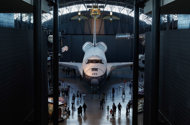
A team of about 20 veteran astronauts who flew to space aboard Discovery will surround the celebrated spacecraft and escort it to a branch of the Smithsonian National Air and Space Museum outside the US capital.
Famous space travelers, including astronaut John Glenn, who was the first American to orbit the Earth in 1962 and later returned to space aboard Discovery in 1998, are scheduled to speak at the ceremony.
For several hours on Thursday, the shuttle will rest nose-to-nose on the tarmac with the prototype Enterprise, which has been on display at the Steven F. Udvar-Hazy Center in suburban Virginia but will soon move to New York.
Discovery is the first of the three remaining shuttles that flew in space to enter a museum, where it will serve as a tourist attraction. The others, Endeavour and Atlantis, will follow in the coming months.
Two other shuttles, Challenger and Columbia, were destroyed in accidents. Challenger disintegrated shortly after liftoff in 1986 and Columbia broke apart on re-entry to Earth in 2003. Both disasters killed everyone on board.
The oldest surviving US shuttle, Discovery flew 39 missions to space beginning in 1984 and drew cheering crowds and some tears from onlookers earlier this week when it toured the skies over Washington one last time.
Discovery ended its last mission to space in March 2011, and the return to Earth of Atlantis in July 2011 marked the end of the US shuttle program, leaving Russia as the only nation capable of sending astronauts to space.
Several private companies are competing to be the first to build a space capsule that would replace the US shuttles operated by NASA for three decades.
While a test cargo mission by SpaceX to the International Space Station is planned for April 30, the prospect of US-driven human space flight remains several years away.
In the meantime, museum officials were busily preparing for a host of dignitaries to say farewell to Discovery, headlined by John Glenn but also including NASA Administrator Charles Bolden and museum director Jack Dailey.
Discovery toured the US capital Washington for nearly an hour on Tuesday, piggybacking atop a Boeing 747 that NASA keeps specifically for transporting shuttles.
The process of separating the shuttle from the aircraft, known as "demating" was expected to take about two days.
"By tomorrow morning Discovery will be on the ground, on its gear, and ready to be towed over to her new home as part of the national collection," museum spokesman Frank McNally told AFP on Wednesday.
Other artifacts on display at the museum include the Boeing B-29 Superfortress "Enola Gay," which in 1945 dropped the first atomic weapon used in combat on Hiroshima, Japan.
There is also a supersonic Concorde airliner donated to the museum by France and a single-seat Kugisho MXY7 Ohka (Cherry Blossom) 22 bomber used for attacks on Allied warships, which was captured from Japan in 1945.
Later this year, Endeavour will move from the Kennedy Space Center in Florida to the California Science Center in Los Angeles.
The shuttle Atlantis, also still in Florida, will make just a short hop to a new exhibit at the Kennedy Center's visitor complex.
Enterprise, a prototype shuttle that never flew in space, will head to New York City on April 23 to go on display at the Intrepid Sea, Air and Space Museum.
What the stars mean:
★ Poor ★ ★ Promising ★★★ Good ★★★★ Very good ★★★★★ Exceptional
Related Contents
Latest News
More News
- More than $2 billion boost to growth as UK joins CPTPP (December 16, 2024 | 17:25)
- Malaysia launches national AI office for policy, regulation (December 13, 2024 | 10:13)
- ADB approves 500 million USD loan for Philippines’s public financial management reform (December 13, 2024 | 10:00)
- Five tech predictions for 2025 and beyond (December 11, 2024 | 15:52)
- Singapore cracks down on illegal lending operations (November 26, 2024 | 09:25)
- Cambodian King to pay state visit to Vietnam (November 26, 2024 | 09:13)
- Trump claims 'magnificent' victory over Harris (November 06, 2024 | 16:55)
- Trump at 266 electoral votes, Harris at 195: US media (November 06, 2024 | 14:30)
- Trump on verge of victory over Harris (November 06, 2024 | 14:26)
- Tech companies invest in data centres in Thailand (November 04, 2024 | 16:23)




 Tag:
Tag:

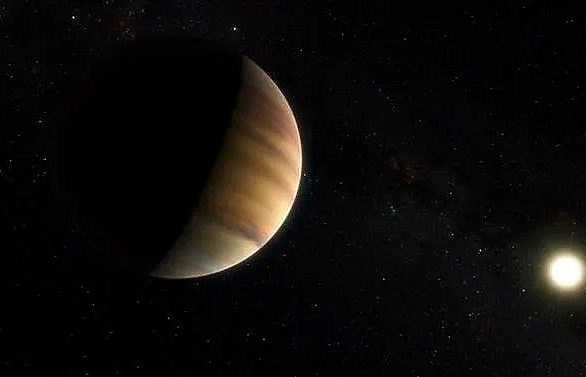
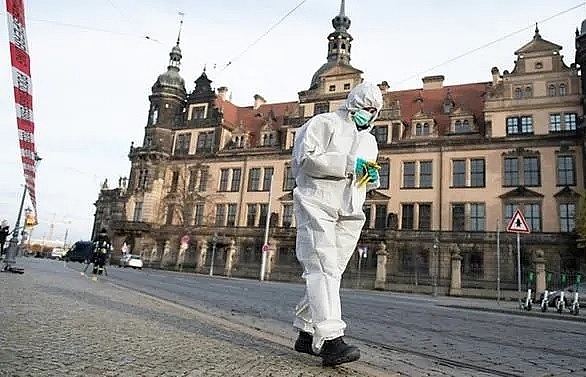
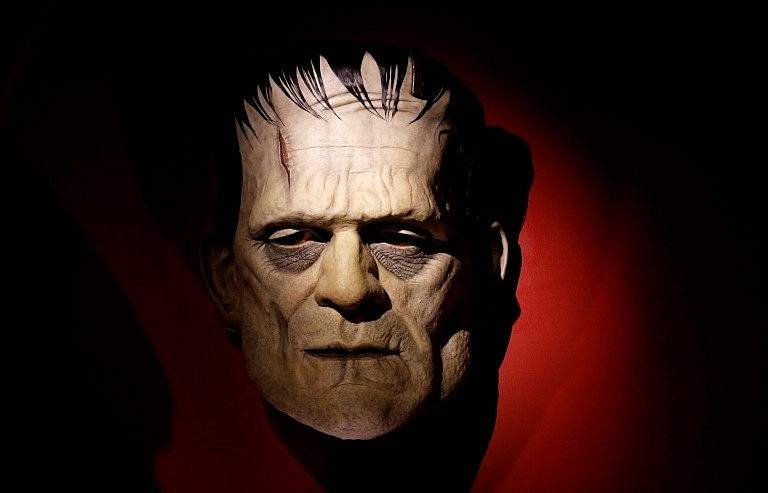









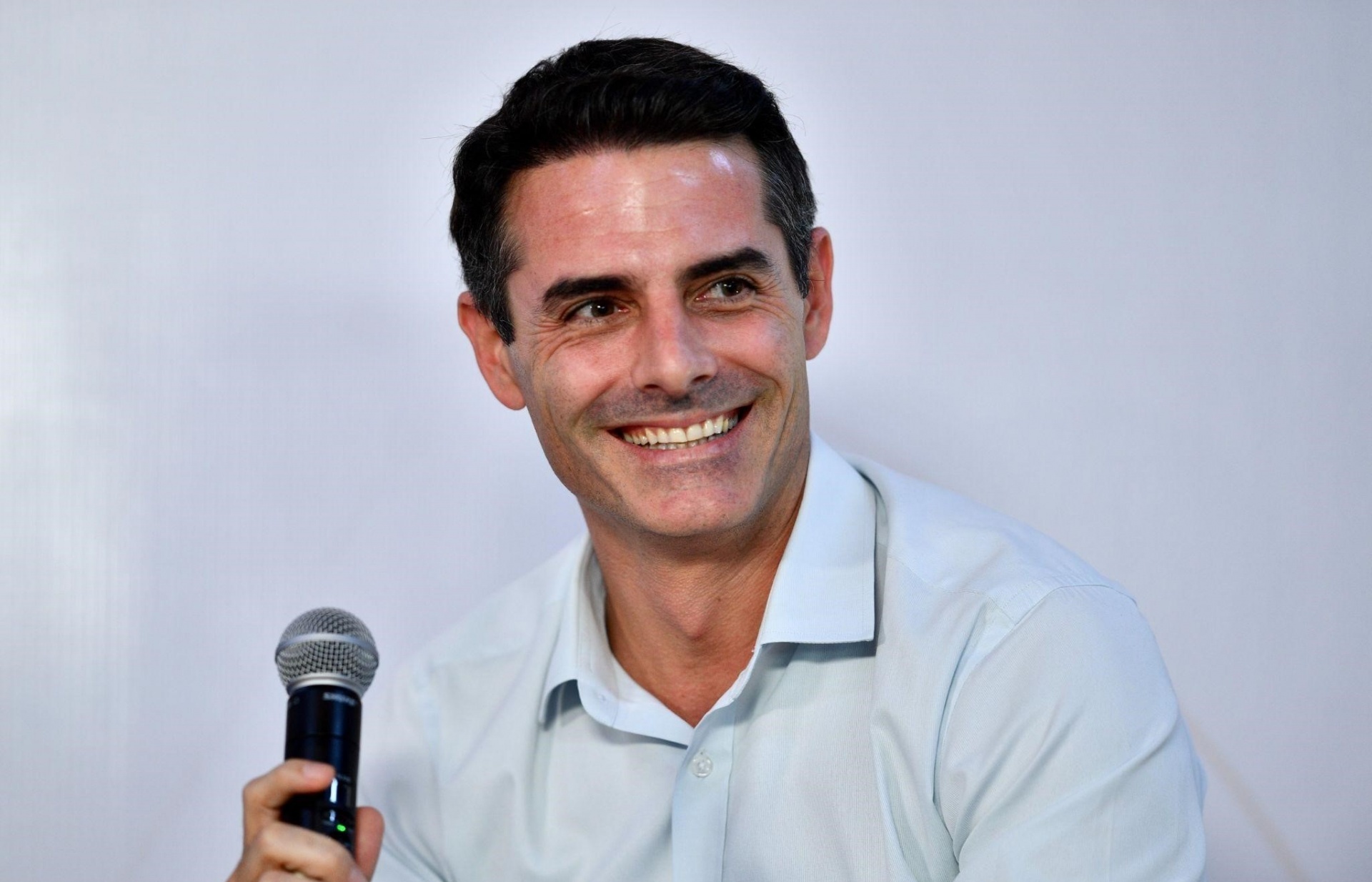




 Mobile Version
Mobile Version